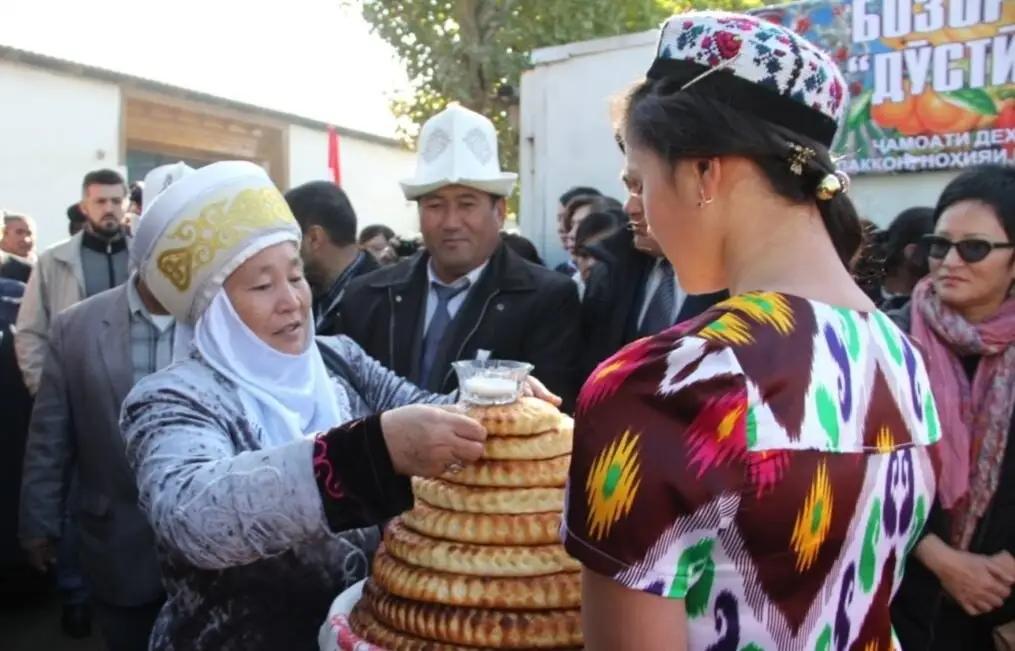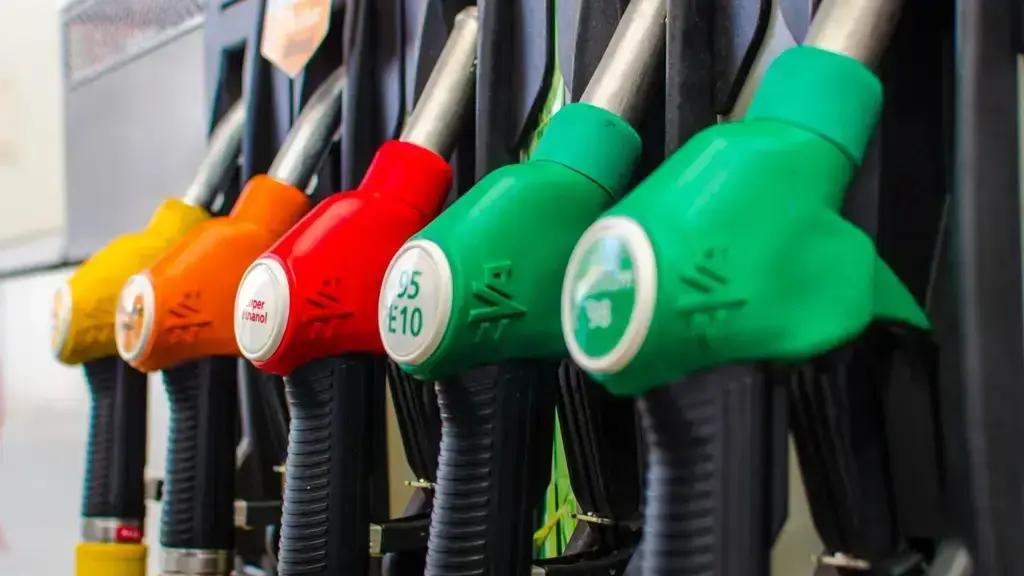
Published
10/06/2025, 17:27Just two years ago, it seemed that trade dialogue between Bishkek and Dushanbe had completely broken off. The armed conflict of September 2022 not only undermined trust but also caused trade turnover to collapse — from 28 million USD in 2021 to 5 million USD in 2022, and further down to 1.7 million USD by 2024. Kyrgyzstan virtually stopped supplying goods, ceding the trade arena to Tajik exporters.
Сегодня ситуация меняется. По итогам семи месяцев 2025 года объем взаимной торговли достиг $12.3 млн. Это все еще меньше доконфликтного уровня, когда показатель превышал $28 млн, но рост в 15 раз (к январю-июлю 2024 года — $812.6 тысячи) на фоне падения торговли последних лет, ясно демонстрирует, что экономические связи начинают восстанавливаться.
Today, the situation is changing. In the first seven months of 2025, the volume of mutual trade reached 12.3 million USD. Although this is still below the pre-conflict level of over 28 million USD, a fifteen-fold increase compared to January–July 2024 (812.6 thousand USD) clearly shows that economic ties are beginning to recover after years of decline.
The main beneficiary of the renewed trade has been Kyrgyzstan. A year ago, exports to Tajikistan amounted to a symbolic 17.4 thousand USD, but in January–July of this year, the figure soared to 9 million USD. And this is not a one-time shipment, but a diversified range of goods that shapes several segments of trade at once.
The leading export category was food products. Kyrgyzstan supplied 343.6 tons of chocolate and cocoa-containing products worth over 2 million USD. A significant share also came from bakery and flour confectionery products (84.1 tons), pasta (650.9 tons), sugar, and dried legumes.
In addition, Kyrgyzstan supplied its neighbor with 23.6 thousand tons of coal worth 1.58 million USD and 1.3 million liters of gasoline worth nearly 560 thousand USD. These items form a stable energy segment of mutual trade.
The foreign trade basket is complemented by the supply of machinery and equipment: 8 tractors worth 158.3 thousand USD, six vehicles worth 21.5 thousand USD, and agricultural processing machines with a total value of 10.6 thousand USD.
Construction materials also became part of the export structure. Kyrgyzstan supplied 50.9 thousand square meters of thermopolished glass worth 162 thousand USD to Tajikistan, as well as 22.5 tons of gypsum and anhydrite.
A separate category is agricultural products. Kyrgyzstan is actively exporting vegetables: carrots, beets, radishes, celery (745 tons), cabbage (23 tons), as well as citrus fruits (4.9 tons).
Thus, the Republic serves as a diversified partner for the Tajik market, supplying everything from food and fuel to machinery and construction materials.
During the same period, Tajikistan exported goods worth 3.3 million USD to Kyrgyzstan. Fruits and vegetables remain the main symbol of Tajik exports.
The largest share was made up of fresh apricots, cherries, sweet cherries, peaches, plums, and sloe. Nearly 1,700 tons of these fruits were exported, worth 474.7 thousand USD. They were followed by grapes (824 tons), onions, garlic, and leeks (1,200 tons), as well as cucumbers and gherkins (39.7 tons). Among sweet products, Kyrgyzstan actively purchased melons (60.2 tons), apples and pears (3.8 tons), and even ginger, saffron, and other spices. Mineral water is another notable export item — 550.9 thousand liters of mineral and carbonated water were delivered, bringing Tajik companies over 233 thousand USD.
Aluminum rods and profiles were delivered to the republic for 1.07 million USD, making aluminum one of Tajikistan’s main export goods to Kyrgyzstan. In addition, the neighboring country imported other aluminum products worth 54.7 thousand USD.
Tajik enterprises exported cotton yarn (61.9 tons) and carpets (40,000 square meters) to Kyrgyzstan. The total value of these shipments exceeded 240,000 USD.
Passenger cars and special-purpose vehicles were imported for a total of over 219,000 USD.
Overall, analyzing Tajik exports to Kyrgyzstan, it can be said that they are primarily based on fruits and vegetables, aluminum, as well as mineral water and textiles.
The figures indicate that trust between Bishkek and Dushanbe is indeed beginning to return. Yes, a trade turnover of 12.3 million USD is still below the pre-conflict level, but it is already a significant achievement after almost three years of a “trade lockdown.” Behind this dry number lies not only economic dynamics but also political work—a long and challenging process.
All this time, the parties have been gradually trying to return to dialogue. It began through technical commissions: in March 2023, meetings of the topographic and legal groups on border delimitation and demarcation resumed in Dushanbe. Then, starting from October of the same year, regular sessions of delegations headed by Kamchybek Tashiev and Saimumin Yatimov were held. By August 2024, our Ministry of Foreign Affairs was already speaking about the imminent completion of negotiations, and by December, the parties announced their readiness to move on to the final documents.
The actual breakthrough came in 2025. In February, in Bishkek, Tashiev and Yatimov signed a protocol on delimitation, as well as agreements on transport and water resources. Already in March, Presidents Sadyr Japarov and Emomali Rahmon signed the interstate border agreement. At the same time, the resumption of transport links and the phased reopening of border checkpoints, closed back in 2021–2022, was announced.
At the same time, bus and air routes began to be restored, and new trade agreements emerged. A symbol of the thaw was the March summit, when the leaders of Kyrgyzstan, Tajikistan, and Uzbekistan signed an agreement on the border junction point and the Khujand Declaration. This step became not only a diplomatic gesture but also an important regional foundation for future peace.



